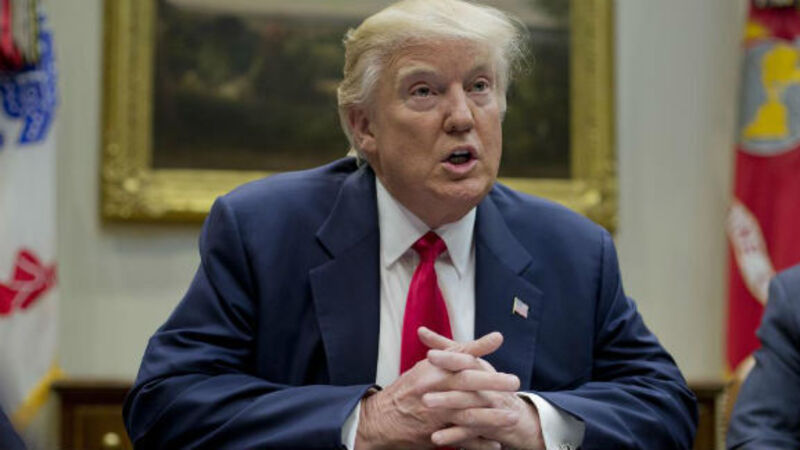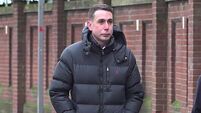Latest stockmarket rally won’t last unless Trump delivers on promises

What the then-Federal Reserve Chairman Ben Bernanke had characterised as a mere “$50bn problem” [€42bn] morphed into a plunge in equity values with investors losing trillions of dollars and a recession that caused US unemployment to peak at 10% in October 2009. What have we learnt a decade later? We found that as the Fed increased its holdings of bonds to $4.5tn — more than five times the level at the onset of the financial crisis — the additional liquidity boosted the financial markets to new heights.
The Standard & Poor’s 500 Index, which bottomed out at an intraday low of 667 in March 2009, now trades at about 2,445. The 10-year US Treasury yield, which some analysts had repeatedly predicted would surge to 4%, is still well below the 2.5% mark. Equity multiples have risen with stock prices. For example, the S&P 500, which traded in November 2008 at just 11 times its trailing 12-month earnings, now trades at about 21 times.
The euphoria in the equities market isn’t matched by the real economy. US GDP growth has been lacklustre — very different from the strong recovery that followed the 1981-82 recession.
The Fed has increased US interest rates four times since December 2015, three of them since last December. Now there is a plan afoot to gradually pare the Fed’s $4.5tn balance sheet by not reinvesting some of the maturing bonds. This process could begin as early as October. With the shift in Fed policy, investors face a dilemma. Although surging corporate earnings this year have provided support for the continued rise in share prices, a steady tightening of monetary policy would be a headwind. And if other measures don’t offset the negative impact of a restrictive monetary policy, those lofty equities valuations may no longer be justifiable, touching off a sharp correction. That could push the economy into recession.
President Donald Trump is proud of the stockmarket rally during the first few months of his administration, and he also wants to push GDP growth to 3% or more. For the rally to continue and for him to achieve the growth objective, his administration needs to focus on two major areas.
The first is deregulation. Although markets need regulations to function, in excess they get in the way of economic efficiency. Unfortunately, the Obama administration added thousands of pages of rules governing even simple transactions toward the end of its term. Trump has reversed some of the more burdensome rules, though there is still a way to go.
Deregulation would boost share prices of companies in energy and finance. For example, allowing more drilling on federal land will increase oil and gas production and create jobs. The financial sector could also continue to rally with well-designed rule changes.
Although some of the post-financial crisis regulations to limit leverage were clearly justified, the pendulum has swung too far the other way, limiting bank lending to the private sector.
The second is taxes. Lowering corporate taxes to encourage investment spending, and offering employment tax credits to promote hiring, are other areas to focus on. Whether the rally persists will depend on the measures the administration does, or doesn’t, implement in coming months.
n Bloomberg
















